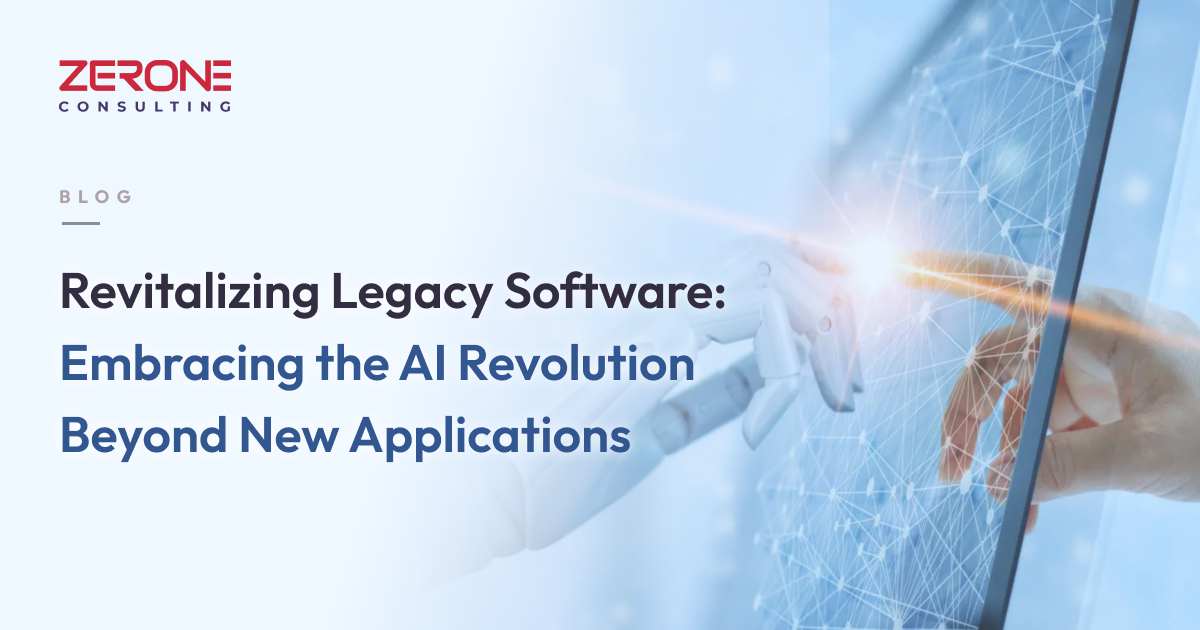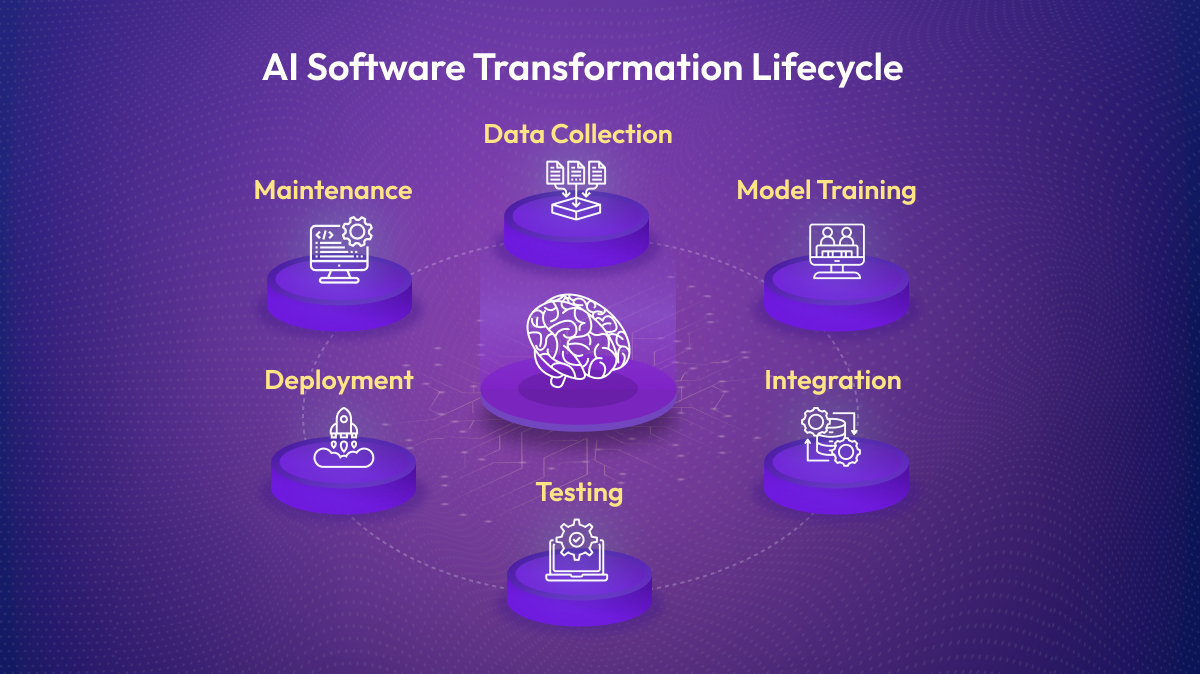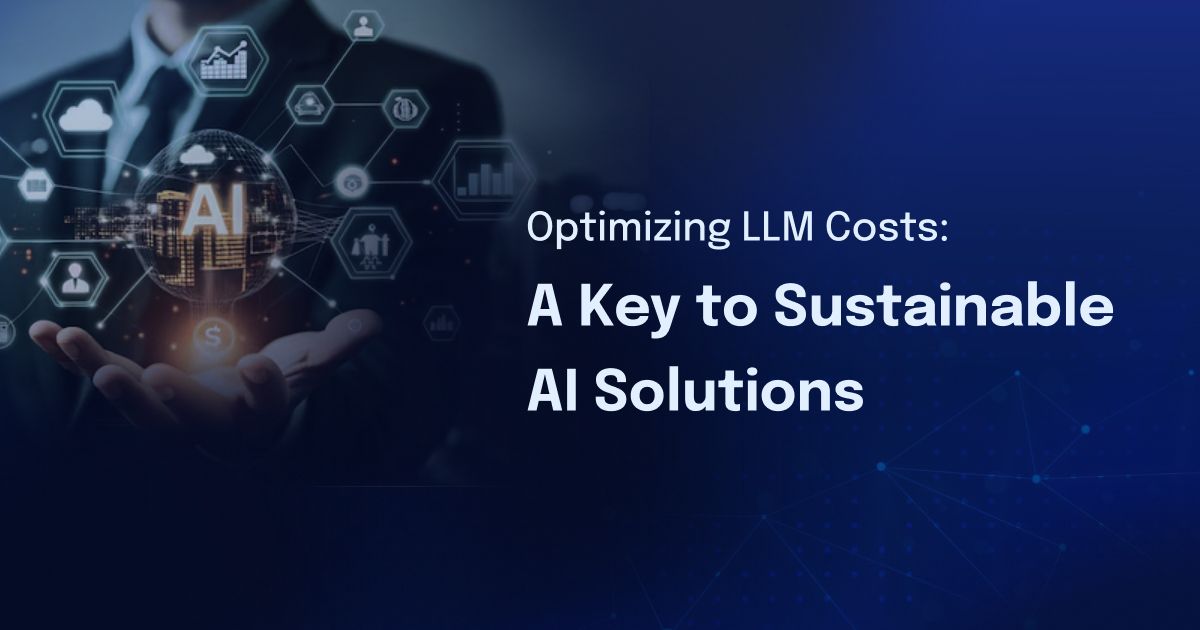Revitalizing Legacy Software: Embracing the AI Revolution Beyond New Applications
Artificial intelligence (AI) has emerged as a crucial player in the realm of software applications, changing the technology landscape in profound ways. While AI's role in creating innovative new applications is well-known, its transformative power extends further. AI can breathe new life into existing software, expanding its capabilities, augmenting efficiency, and enhancing user interactions. Let's delve deeper into the intriguing world of AI-enabled software transformation, touching upon its challenges, factors to consider, optimal practices, and emerging trends.

AI in Software Transformation
AI can be harnessed to upgrade existing software in numerous ways. A recent Gartner survey reveals that 77% of organizations have found AI as next year's most significant data initiative. Here's how:
Automation of repetitive tasks: AI can take over mundane tasks traditionally performed by humans, allowing developers to concentrate on creative and strategic pursuits. This automation could lead to an estimated reduction in business process costs by up to 50%.
Enriching decision-making: By offering insights beyond human reach, AI can guide developers toward improved design, development, and software deployment decisions.
Personalizing user experiences: Tailoring content and recommendations according to individual user needs and interests can enhance user engagement and satisfaction rates. A whopping 80% of consumers are more likely to purchase products and services when brands offer personalized experiences, according to a study by Epsilon.
AI can also elevate the overall software quality, performance, and security, making it an invaluable tool in the modern digital era.
Challenges and Considerations in AI Transformation
Integrating AI into existing software applications comes with its unique set of hurdles and considerations, which include:
Data Availability and Quality: High-quality, representative data is crucial for AI models to learn and make accurate predictions. However, sufficient data may not always be available for existing software applications. In such instances, exploring options for data collection, labeling, or augmentation becomes necessary.
Compatibility and Integration: It's crucial to ensure compatibility between the AI components and the existing software stack to avoid conflicts or performance issues. For seamless integration, APIs, data formats, dependencies, and versioning should be considered.
Scalability and Performance: With the incorporation of AI, software applications may see increased computational demands. Preemptive measures such as distributed computing, parallel processing, or cloud resources can effectively handle this load.
Ethical and Legal Considerations: AI-enabled software must adhere to ethical and legal guidelines, ensuring data privacy, security, fairness, transparency, and accountability in decision-making processes.
Expertise and Resources: The AI transformation process requires specialized machine learning, data science, and software engineering knowledge. Assessing internal capabilities and identifying the need for external partnerships can pave the way for successful AI integration.
User Acceptance and Adoption: Introducing AI capabilities into existing software may require user education and adaptation. Garnering user feedback throughout the integration process can align the AI enhancements with user expectations and needs.
Maintenance and Updates: AI models require ongoing maintenance, updates, and retraining to remain accurate and effective. Regular monitoring, performance evaluation, and model refinement must be part of the AI transformation plan.
Understanding and addressing these challenges and considerations can guide organizations through the complexities of AI enablement, helping them revolutionize their existing software applications.

Approaches to AI-enablement of Existing Applications
Based on their specific goals and requirements, organizations can choose from several approaches to AI-enablement of existing software applications:
Machine Learning (ML) Integration: Machine learning techniques can teach software systems to learn from data and make informed decisions. This could involve supervised learning for classification or regression tasks, unsupervised learning for clustering or anomaly detection, or reinforcement learning for optimizing system behavior.
Natural Language Processing (NLP) Integration: By integrating NLP techniques, software systems can understand, process, and generate human language. This could include language translation, sentiment analysis, text summarization, and chatbot capabilities. According to Statista, the NLP market size is projected to grow to $43.3 billion by 2025.
Computer Vision Integration: Computer vision capabilities can analyze and interpret visual content like images or videos. Some potential applications include image recognition, object detection, image segmentation, and facial recognition.
Cognitive Automation: This enables software systems to understand, reason, learn, and make real-time decisions. Cognitive automation can be used for natural language understanding, problem-solving, decision-making, and intelligent recommendation systems.
Hybrid Approaches: Combining multiple AI techniques and approaches can help tackle complex challenges in software transformation. This could involve integrating machine learning with NLP to develop intelligent chatbots or combining computer vision with cognitive automation to create autonomous visual inspection systems.
Pre-trained Models and APIs: Many cloud service providers or AI platforms offer pre-trained AI models that can quickly incorporate AI capabilities into existing software. This approach saves time and resources, enabling organizations to enhance their software rapidly.
Collaborative Development: Working with AI experts, data scientists, or external partners is essential for creating AI-enabled software solutions. Cross-functional teams combining domain expertise, software development skills, and AI knowledge can drive successful software transformation.

Case Studies: Successful AI Transformation of Existing Software
Numerous organizations have leveraged AI to elevate their existing software platforms, attaining improved user experiences, increased efficiency, and enhanced business outcomes. For example, Netflix's AI-powered recommendation system has reportedly increased its annual profits by over $1 billion. Google Photos has automated the tagging and organization of user-uploaded photos, vastly improving the user experience. Amazon transformed Echo devices into voice-activated virtual assistants, while Adobe Sensei integrated AI into their products to boost productivity.
Conclusion
Incorporating AI into existing software applications offers a multitude of benefits for organizations. It enables them to enhance systems, streamline processes, and deliver superior user experiences. As the technology landscape continues to evolve, advancements like explainable AI, edge computing, and enhanced personalization promise to bring about further improvements. Future blog posts in this series will focus on future trends and best practices in enabling AI for existing software applications.
References:
-
Gartner, Inc. "Gartner Top Strategic Technology Trends for 2022." Gartner, Inc.,
-
Epsilon. "The Power of Me: The Impact of Personalization on Marketing Performance." Epsilon
-
Gomez-Uribe, Carlos A., and Neil Hunt. "The Netflix Recommender System: Algorithms, Business Value, and Innovation." ACM Transactions on Management Information Systems (TMIS), 6.4 (2016): 1-19.
We can help!
Unlocking The Potential Of Ai In Business Process Outsourcing
#Artificialintelligence
Optimizing Llm Costs: A Key To Sustainable Ai Solutions
#Artificialintelligence



